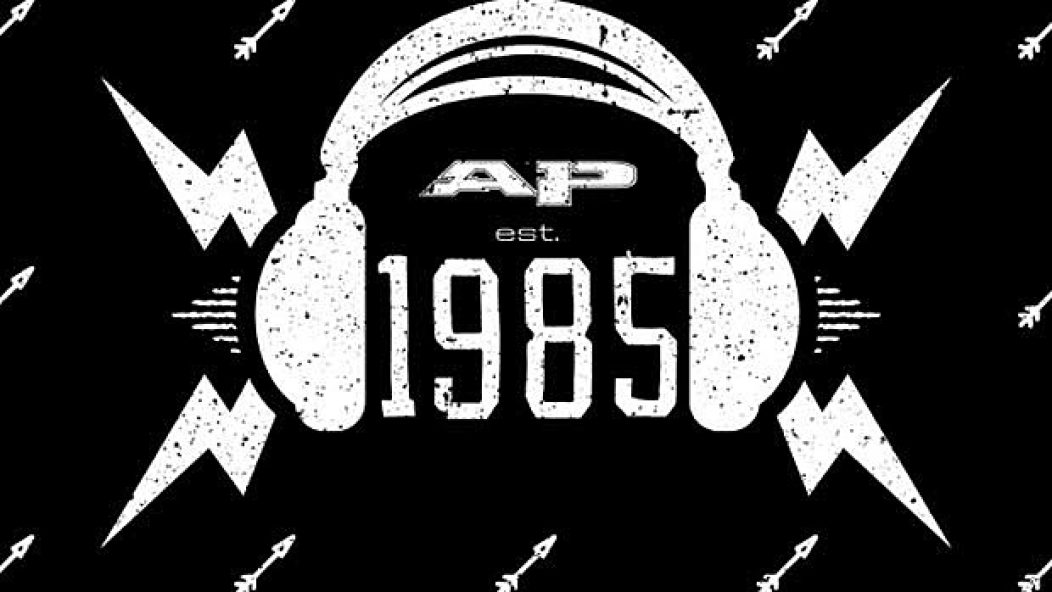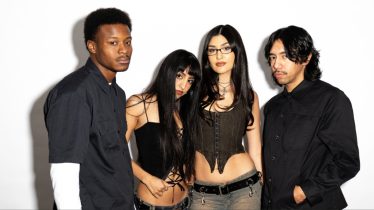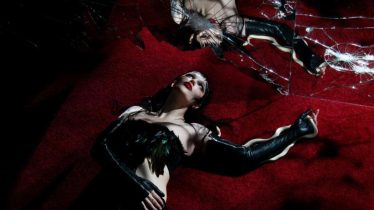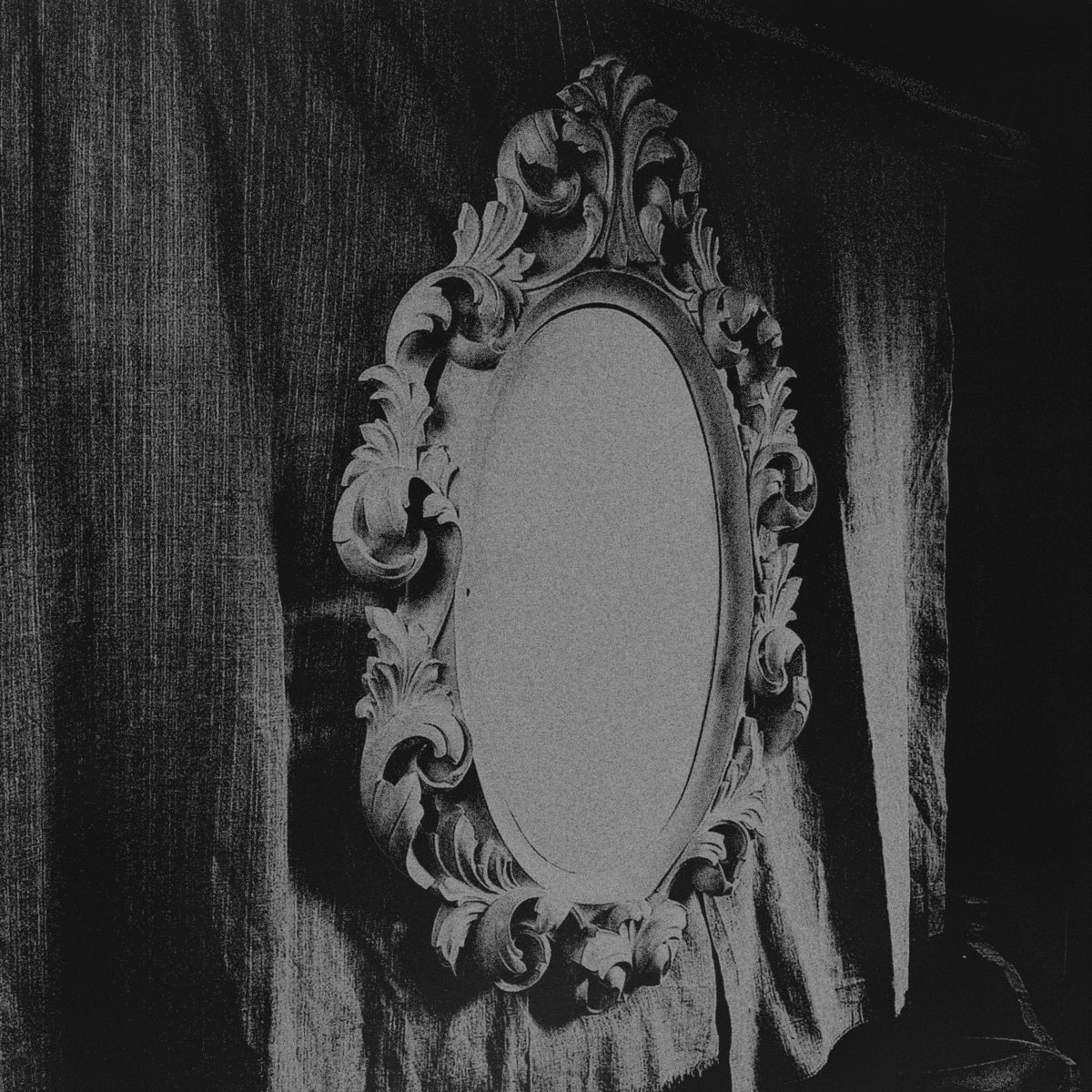
30 Years of AP: Editors (past and present) pick 30 crucial tracks
In honor of our 30th anniversary, we polled the many editors, wunderkinds, and general shit starters past and present to create this playlist: 30 years and 30 tracks. Below you’ll find the crucial songs that soundtracked each staff member’s tenure, shaping editorial content, artistic discovery and general office morale.
1. DAVID EARLE, Editor-in-chief (1985-1988)
Scratch Acid, “Cheese Plug” (skip to 28:24)
Whereas I could have easily chosen some early Jesus Lizard, I think Scratch Acid, David Yow’s earlier band, is really under recognized. Listening to this track, you can hear how they influenced Primus, The Flaming Lips, and so many bands that made it big in the nineties.
Nick Cave, “The Carny”
I think that this album, and particularly this song, marks Cave’s maturity and transition to storyteller and balladeer. It’s twisted, dark, and operatic. Not only that, but I had a huge poster of this album on the wall of Alternative Press’ first office.
Laughing Hyenas, “Gabriel”
This is what happens when first-generation hardcore kids grow up: pure, driven, rock and roll. I chose album because it perfectly captures the mid-late eighties moment when all these early hardcore bands were developing beyond the limits of hardcore. The Laughing Hyenas were former members of Negative Approach, but the same kind of development happened with Henry Rollins, Necros, even Uniform Choice.
Rites of Spring, “All Through a Life”
With members that would go on to form Fugazi, Rites of Spring and Ian MacKaye’s Embrace mark another evolution beyond “1-2-3 hardcore.” Emotional, smart, intense: this was emo long before there was emo.
Green River, “Porkfist”
Grunge? What’s this “grunge” you speak of?
Green River’s last LP. I always scrambled to grab Green River’s albums as they arrived at the office. I still have this cassette (even if I don’t have anything to play it on!). Green River, The U-Men, The Melvins, and Blood Circus were some of the many early grunge bands that we were reviewing, many of whom were eclipsed a few years later when Nirvana came on the national scene.
2. JOE BANKS, Editor-in-chief (1989-1997)
The Shamen, “Human NRG”
Psychedelic, dreamy pop song set to a techno-house beat that helped define the rave culture. Track starts off the '90s with earnest optimism and was heard often in the office late nights while entering typewritten (and even handwritten) record reviews into the computer, back when all we needed to get by in the world were promotional t-shirts for wardrobe, cheap rent for living, fast food within walking distance, and a decent stereo.
Crash Worship (A.D.R.V.), “Bajo La Piel”
This track captures this groups live neo-pagan vibe of hedonistic drum cacophony. They toured often in the '90s, including Cleveland, lucky for us at AP, because I know we were therrrre, maaan. During their shows, which pre-dated (and would now scorch to death by comparison) the Burning Man Festival, there was no stage: performer and audience would eventually end up blended together in a half-naked tribal rite.
Bill Laswell, “Eternal Drift”
You can read the history of Laswell and his enormous body of work and countless collaborations elsewhere, devoting a year of your life in the process. This track is a good place to dive in and starts off a double CD of 15-minute-plus tracks that include remixes from Laswell's musical collective, Material. This song starts a soul-cleansing trip that can be filed alongside The Orb's Adventures Beyond The Ultraworld and will lead you down the path of other dub-hybrids like Scorn who probably picked up Laswell CDs in their local record shop.
Meat Beat Manifesto, “Nuclear Bomb”
This track and others like it on this double album, major-label debut promised to help bring the hard-working Jack Dangers into the greater spotlight, but may not have delivered as hoped. Especially on this song, there's a stronger dub/reggae influence than previous releases. But on the Alternative Press common musical-interest spectrum, I think I recall that the half-dozen AP stereos stopped competing for a moment when this was playing in the office. Had I made a short “day in the life” video of AP during deadline week in 1996, I might have chosen this as the soundtrack, everyone abuzz working to get the magazine to bed, with office-cat Ogre napping soundly atop one of the many, now-ancient Mac SE computers.
New Kingdom, “Animal”
From the best NYC hip-hop album you probably missed, this song mixes hard rock, funk and psychedelia. The lyrics throughout the album are hilarious, but the most poignant ones were found here: “Animal was my favorite drummer, I couldn't get Kurt off my mind that summer…” The aftermath of Cobain's death in April 1994 proved to be a devastating milestone for even these guys, and that year had been the first time I seriously considered leaving AP and the music business. So this song provided a contact-buzz soundtrack to accompany me figuring out my options for a clean getaway.
4. ROB CHERRY, Editor (1990-2000)
The Verve, “This Is Music”
The Verve was my favorite group of the ‘90s and the subject of my first AP cover story. They had it all—classic songwriting arranged with sonic invention, delivered with passion and charisma. They’re sorely missed.
My Bloody Valentine, “Only Shallow”
AP had a lot of love for “Loveless,” which led to our decision to put MBV on the cover, the only significant coverage they received in the States at the time. Editor Dave Segal dubbed their music “wombadelia,” which is still a better term than “shoegazer.”
PJ Harvey, “Missed”
I took my wife (and AP Associate Publisher) to see Ms. Harvey in Detroit on our second date (chaperoned by AP editor Jason Pettigrew). Twenty years later, Carla and I are still going strong. It was a very good night.
The Afghan Whigs, “Come See About Me”
I loved the sound of “Upton Avondale,” noticed their bassist, John Curley, engineered it, and made a mental note to look him up to record if I ever found myself living in Cincinnati. Fourteen years later I did just that, and we now play in a band together called Plastic Ants.
The Jesus Lizard, “Glamorous”
I was the Brit Pop guy at AP, championing the Verve, Oasis, Blur, Suede, Pulp, Elastica etc., but when I attended the Reading Fest in ’93, the Jesus Lizard just owned the place, with a performance that was totally taut yet completely unhinged. I still remember spotting David Yow’s empty JD bottle discarded on the backstage lawn after the show.
3. JASON PETTIGREW, Editor-in-Chief (2001-Present)
Weezer, “Hash Pipe”
The first issue I had stewardship of upon ascending to EIC status in 2001 was AP 154, starring Weezer. Several months prior to that, I had spoke with Rivers Cuomo about his band's influence on the turn-of-the-century emo scene at the time. I believe his exact quote was, “I have no idea what you are talking about.” It didn't matter, because the Green album (from which this track is culled) was Weezer's grand return back into the rock sweepstakes; fans dug the issue; and this song is three minutes of greatness that makes me strap on my Vapor V air guitar for maximum glee.
My Chemical Romance, “I'm Not Okay (I Promise)”
I will readily admit that upon the very first listen of Three Cheers For Sweet Revenge, I didn't think Jersey's best enhancers were going to rise above major-label tax write-off status. Let this be a reminder to all of you that sometimes first impressions don't mean shit, as MyChem raised the bar for America's post-emo nation, giving a new generation of music fans something to believe in. One of my favorite songs in life, made by some of my favorite people.
The Blood Brothers, “Fucking's Greatest Hits”
At the turn of the century, indie-rock fascination gave way to electronica, hardcore was still mining the same old tropes and the thorny noise rock I worshipped was on the wane. So when a bunch of young forward-thinking Seattle maniacs fused together jagged guitars, a highly centered rhythm section and two vocalists who put the ream in “screaming,” my faith in rock music was restored. Burn Piano Island, Burn got me through so many late-night production periods and was cheaper than therapy. To this day, I wish I would've done more yelling, screaming, kicking and furniture smashing prior to lighting my office on fire, in an effort to get them on the cover.
Underoath, “In Regards To Myself”
Former editorial director Aaron Burgess and I first heard Define The Great Line when Underoath's manager played it for us in his hotel room during SXSW four months before its release. We were completely floored by the disc's fury, an element definitely lacking on their previous album, They're Only Chasing Safety, and both Burgess and I were significantly stoked by this track, which opened the album. Underoath went on to inspire plenty of imitators and ensure that adherents of the Christian faith had something non-lame to soundtrack their lives.
Twenty One Pilots, “Car Radio”
Twenty One Pilots traffic in pop music that's brisk and bouncy while reminding you that not everything is going to be alright, but hey, we're somehow going to find some peace on this planet somewhere. Tyler Joseph and Josh Dun have an uncanny ability to infuse joy, melancholy and neurosis to any genre they choose to implement. Their future is destined to move in all directions, and I can't wait to hear the paths they'll take next. They're cooler than you and I, and they don't even know it. And if they did, they'd challenge the veracity of my claim until I was exhausted.
4. ROB ORTENZI, New Media Director (1998-Present)
Meat Beat Manifesto, “God O.D.”
One of my first intros into industrial music. Been a fan Jack Dangers' projects ever since.
Nine Inch Nails, “Head Like A Hole”
While recording my own stuff in a studio in Cleveland where Trent was working at and writing Pretty Hate Machine, I remember hearing an early demo of this song and thinking, “Meh…” I may have been little full of myself and my music back then.
Dandy Warhols, “Bohemian Like You”
This is when I started to learn that not everything has to have bleeps and bloops and screeching power tools.
The Faint, “Agenda Suicide”
When I go to a concert, few bands get me riled up to play out again and these guys are one of them.
Trent Reznor & Atticus Ross: All of their soundtrack work
When I started to write music again, I found myself writing what now sounds like the B-sides to their moody and simplistic, harsh soundscapes. Maybe one day I’ll be asked to collaborate and be one step closer to getting the EGOT…
5. MIKE SHEA, CEO and Founder (1985-Present)
Alien Sex Fiend, “R.I.P.”
My friend Jimmy would play Alien Sex Fiend in his basement bedroom while we sat around and went thru fanzines and talked about music, life and local punk gossip. I didn't know who they were but Jimmy taught me about the, then, UK music craze, called “Bat Cave Music” and I thought it was so funny and different that I wanted to know more. That's how I became introduced to punk rock. Within a year, Jimmy would help me sell ads to unsuspecting gift card shops for the first issue of our own fanzine, Alternative Press.
Killing Joke, “Eighties”
Killing Joke were, what I would call, MY first punk band. They were the ones that I discovered all on my own without anyone suggesting them to me. I ran across their FIRE DANCES album in the local indie record shop, Wax Stacks, and got hooked on their melodic punk rebellion and Paul Ferguson's galloping drumming. The newly-launched MTV added “Eighties”, which was the single off of their new record, and after actually seeing frontman Jaz Coleman's manic performance and the towering bass of Paul Raven, I instantly became a life-long fan.
Tuxedomoon, “Desire”
I've read that the music style this band created was part of the “cabaret no-wave” movement of the late '70's and early '80's. At the time I had no idea what that was but I didn't care. I heard this track on Cleveland State's college radio station WCSB 89.3 FM here in Cleveland one time late at night and fell for it's doomy bass line and the foreboding vocals of Blaine Reininger. I thought the band were from France so that made them even cooler to me because now I had discovered a “French punk band” on my own. Alas, they were from San Francisco and had just relocated to Europe. Poseurs!
Bauhaus, “Silent Hedges”
Once I had discovered Tuxedomoon, it was essentially all over for me and I soon-enough fell down into the Goth music well. I stuck my toe into the water with early Cure records, then hopped on with The March Violets' Pop Goth hit, “Snake Dance”, before escaping into the true dark side with Bauhaus' catalog. By the time I had gotten into Bauhaus they had already called it quits (making them even MORE cool) but their music gave me plenty of reasons to sit on the floor in the dark in my bedroom with a candle in front of me while squinting to try and read the lyric-ridden record sleeves. My mom would pop in every so often to make sure I was still sane, eventually quipping “Your brothers were hippies essentially so if I can live thru them, I can live thru this stuff you're into easy.”
Dead Can Dance, “Summoning of the Muse”
Here's the thing, Dead Can Dance are Goth Music for Intellectuals. I think it's because they actually used Medieval and Rennaissance musical instruments instead of falling on just being a three-piece punk band with a singer with a flashlight. Infusing Middle Eastern percussion and the angelic-but-still-horrifying illegible vocals of Lisa Gerrard, Dead Can Dance were the band that Goths listened to when they got tired of sitting in the dark alone and instead wanting to sit in your red bulb-lit room with black drapes and have friends over for wine to show off the new import boots you bought in Chicago last weekend.







